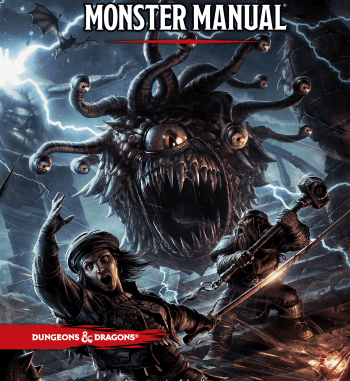
Should you buy this book? Yes. Even if you don’t play Dungeons & Dragons. It’s a great tool for storytellers.
Should you buy this book for a friend? Yes, as long as he or she is into fantasy.
“Monster Manual” by Wizards of the Coast (the guys who made Magic cards, and are now owned by… dadum, Hasbro!) is the second in a series of core rulebooks for the current edition of the Dungeons & Dragons game (which is the 5th edition). The other two books are the “Player’s Handbook” and the “Dungeon Master’s Guide“.
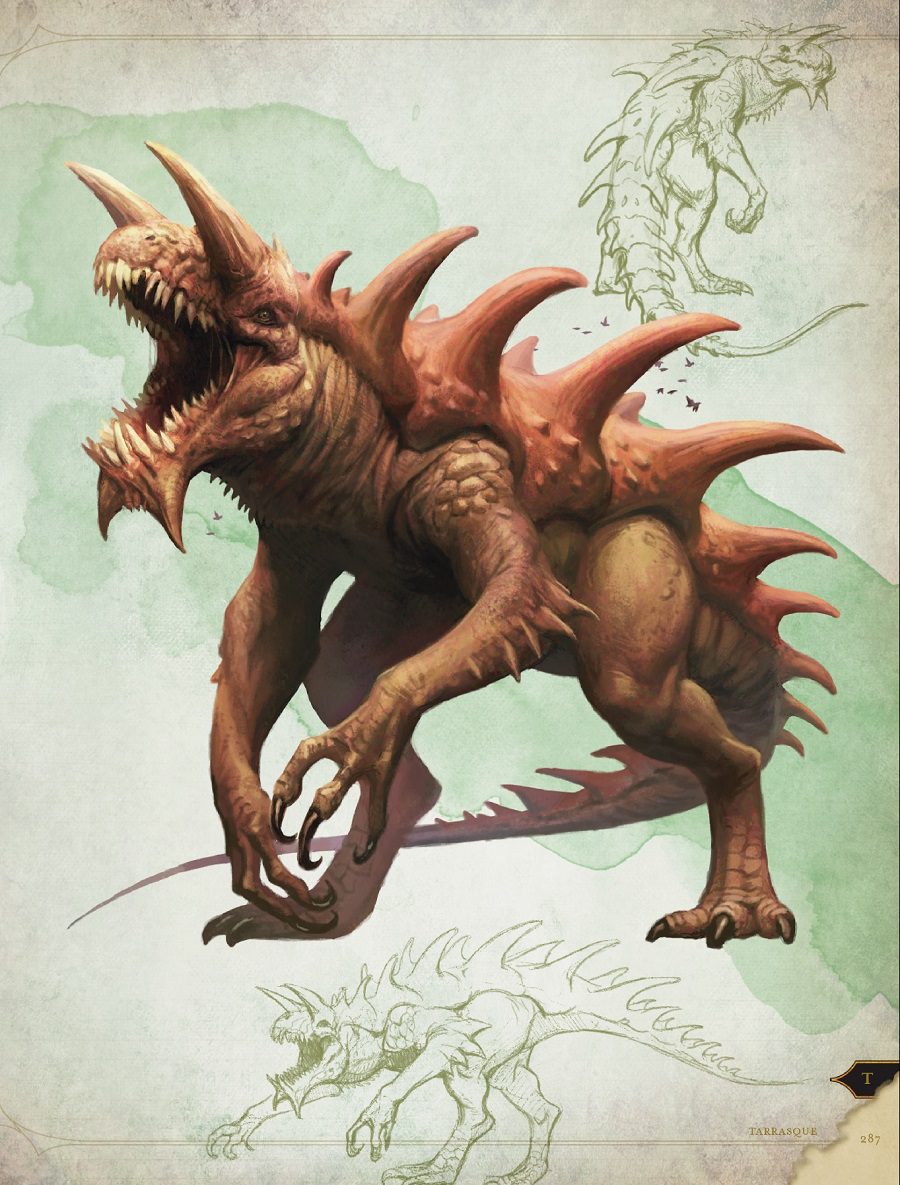
Since I read Dungeons & Dragons books at the rate of one per year now, as opposed to one almost every month, there’s probably a fair amount of errata and addendums to the “Monster Manual”. In any case, I think the “Monster Manual” is the most special book of the three core rulebooks. It’s the one book that you can pick up and read for leisure, without any knowledge of the rules. That’s because it often gives you the description and background to monsters that can be plugged into any world. It also serves as a guide to major mythological creatures that you can read up on in your spare time.
Dungeons & Dragons is a roleplaying game that’s played in person and requires real human interaction. The advantage of D&D over a computer game is that you can literally do anything, and you’re not constrained by anything as trivial as a fence that you can’t jump over (I’m looking at you, Final Fantasy) (but I love Final Fantasy XV dearly by the way).
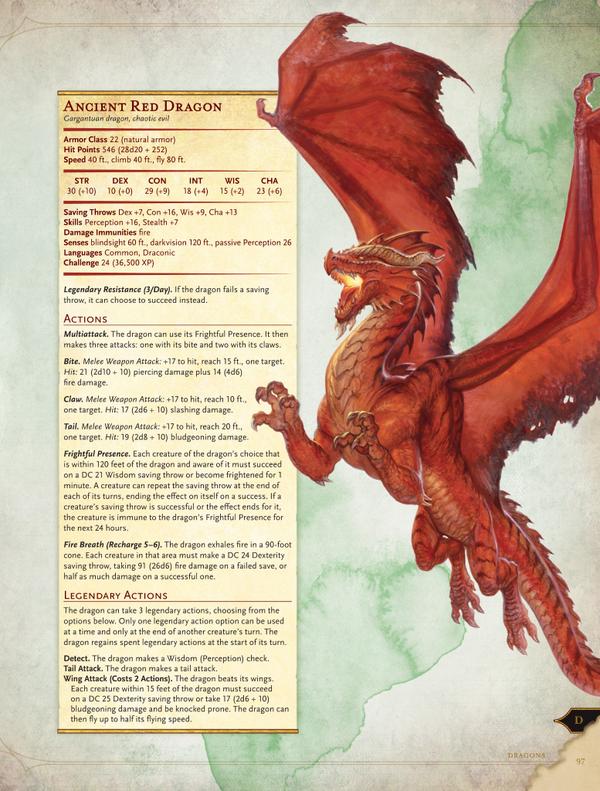
So what’s the “Monster Manual” for? While players use the “Player’s Handbook” and those who choose to run the game, called Dungeon Masters, use the “Dungeon Master’ Guide”, the “Monster Manual” is for everyone. It’s there for Dungeon Masters to pull nasty creatures to throw at players, and it’s also for players to see what are the statistics of monsters they can summon or any friendly (HAHAHA right) creatures that they come across.
For non-D&D players, it serves as a source of inspiration. It has a special place in my heart because that’s how I came into D&D. I found the 3rd Edition of the Monster Manual at Kinokuniya, and on a lark, I decided to flip through it. I was previously averse to Dungeons & Dragons because I thought THAC0 was the dumbest word in the world, and that one incredibly specific and unwieldy term made me feel that D&D was totally inaccessible unless you read and memorised acronyms for lunch.
In any case, I was drawn by the gorgeous artwork for “Monster Manual” and found myself buying it to read through the histories and powers of the monsters, to use as fodder for my own stories. The one thing led to another, and I found myself in the hobby for quite a long time.
So I always buy the “Monster Manual” of each edition because they were just that awesome.
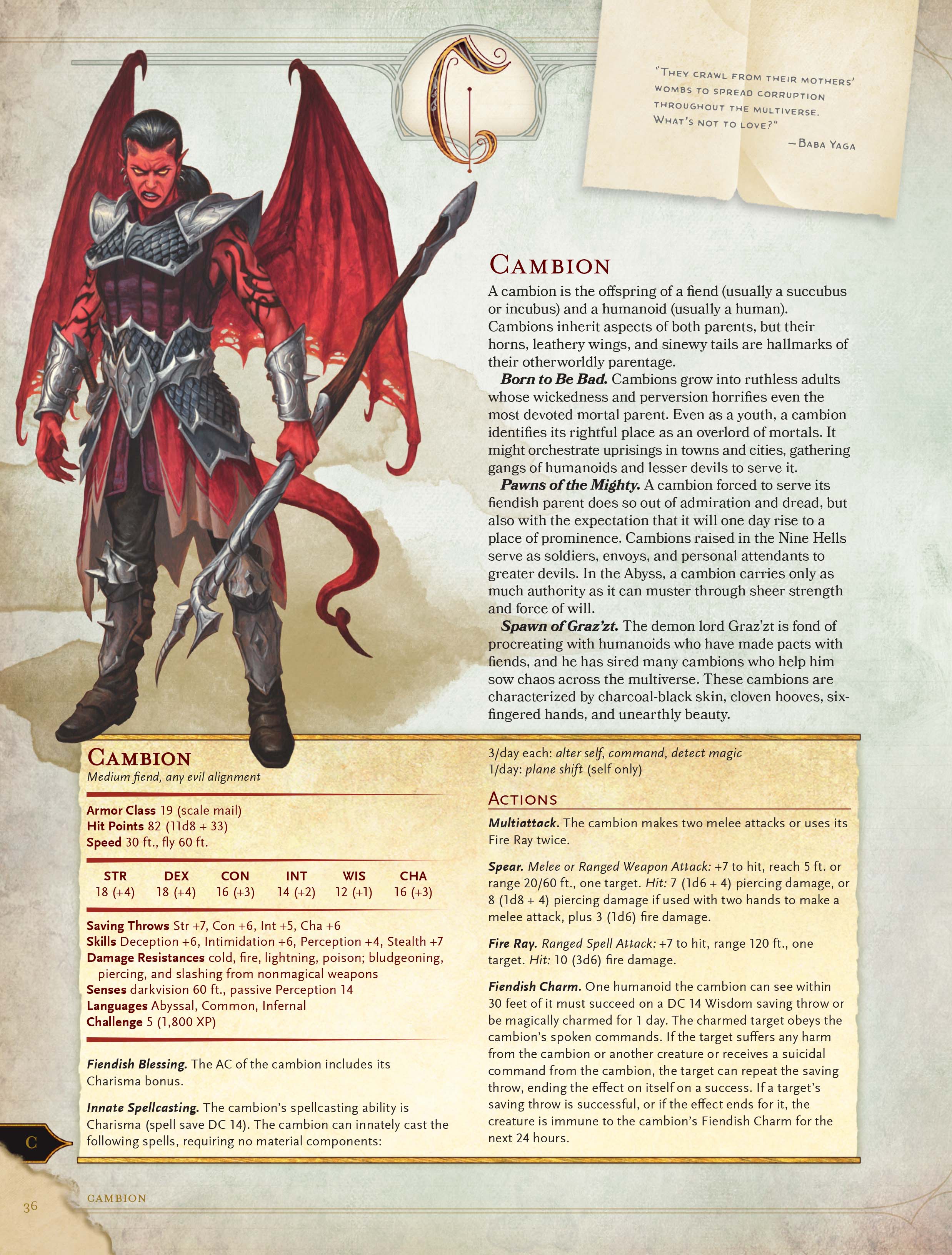
Highlights
Magic items
Previous editions made references to liches’ phylacteries and the magic eye that hags would use, but you never got specific statistics for them. I suppose they were meant to be MacGuffins, but you know players – you have to spoonfeed them sometimes with statistics. So to see actual statistics for monster-specific items were amazing. I finally knew what they could do and what were the limits of such items. Even better, with a concrete example, it meant that I finally had something to work from and create my own. That makes all the difference when you’re a harried DM who has very little time to create something whole cloth. Repurposing items is always much, much easier.
Legendary actions
I think giving extra actions that are basically super moves are an excellent idea. It turns a monster into a legitimate boss and to some extent mitigates the problems of the action economy, when 5 players face 1 opponent. It’s not a perfect system, of course. But it does mean that you get to give the bosses cool moves that the players would never be able to access (since they need a lair), and this serves to make them more unique and dangerous – without the added XP that often inflates the arms race of levelling up. In short, I thought this was brilliant.
Lairs and boss fights
Again, tying boss fights to lairs is a fantastic idea. Codifying the rules for what powers a boss has in its lair means, again, that you can give extra powers to long-running foes or BBEGs without running the risk of players accidentally gaining those powers. Skilled DMs might be able to pull that off without the aid of lairs and legendary actions, but not every DM is skilled right out of the box. Lairs make running the game as a DM so much more accessible, and we know good DMs are severely lacking in any community.
Evocative descriptions
I like how the descriptions are written to evoke the mythical quality of the creatures, rather than from a scientific, biological point of view. I mean, this is a game where magic exists, and you play this game to experience the wonder of magic. Of course it’d make sense that everything worth writing about would be magical. The addition of story threads for DMs to draw from are also an excellent tool that cuts down on prep time and just simply fires the imagination. Combine the plot ideas from 2 or more monsters and you might have your very own custom plot for your campaign.
Powers are simple and iconic
I like that the powers are named in such a way that you can actually have your monsters call their attacks, like in anime. They’re also distilled to their simplest form, so each monster basically has their few signature moves that can wreak havoc on players. If you want to give them more abilities, legendary actions and lairs are a great excuse to explain why that monster is special. It makes high-concept monsters easier to understand, and again, makes the game more accessible to everyone.
Artwork
I don’t need to say that the artwork is gorgeous, but it is. The monsters are all redrawn for this addition, and with full-page dividers that are basically one big action scene, it’s a book that sends your imagination running wild. It just feels so inspiring to thumb through the Monster Manual and read about an obscure monster that you don’t really know how to spell.
Wacky monsters
Modrons and flumphs are, to be honest, rather silly monsters that are just there for comic relief. At least to me la. And since previous editions were super serious and rather dogmatic about rules, it was difficult to fit such silliness in. Since 5th edition is focused more on the experience than the rules, it means that it can adapt to any genre – including comedy. Hence, modrons and flumphs have a legitimate reason to be in. OK modrons can be dangerous I suppose, especially with Primus, and I like to have modrons around for the symmetry of alignment-based monster races.
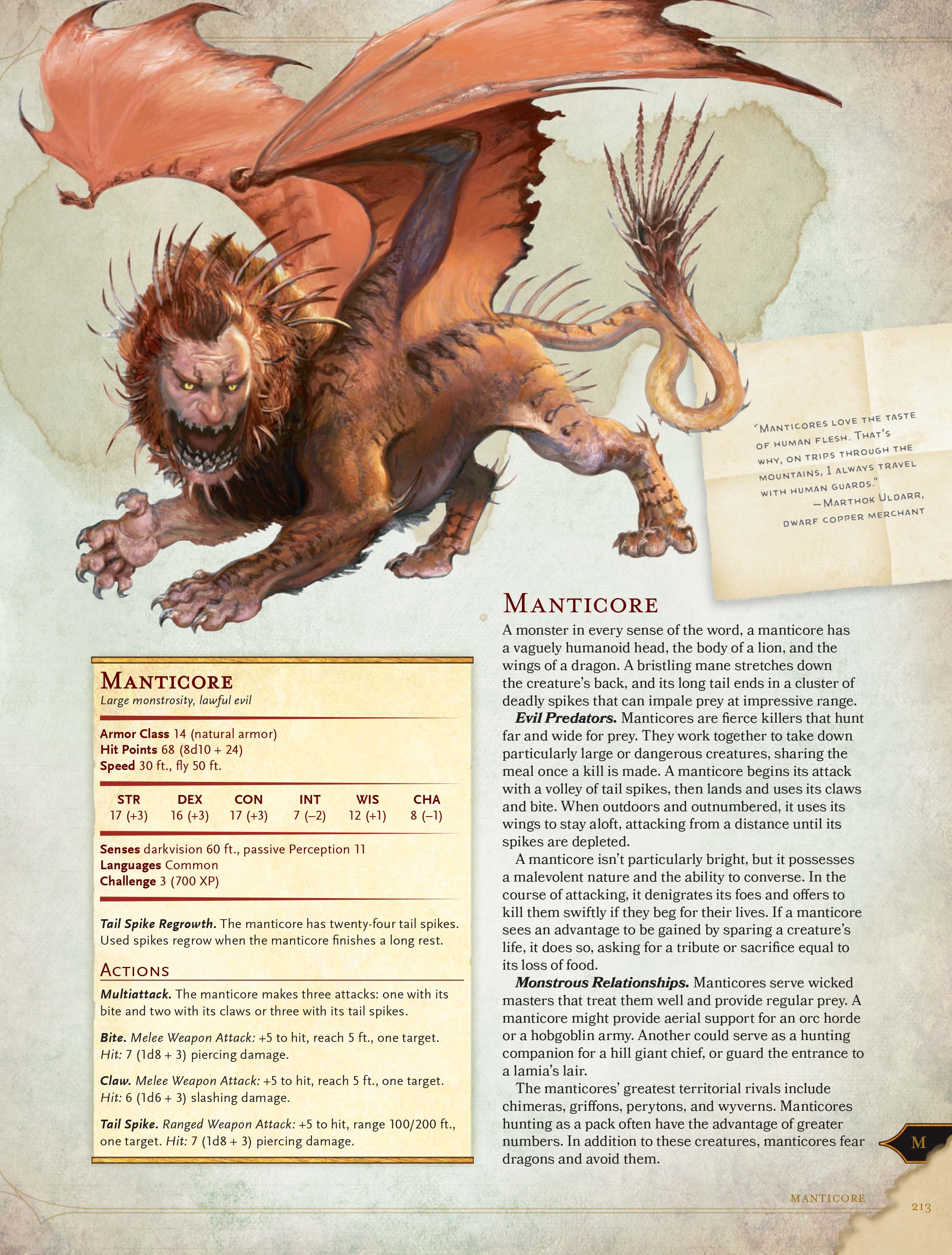
Letdowns
Low-level monsters all feel the same
Low-level creatures all seem the same, in the sense that they all don’t have any defining powers. They’re just… collections of different stats. They can only move and hit you. While this simplifies things, it also means that the low level monsters lose their uniqueness. It stands in stark contrast to the more powerful and fantastical creatures, who have very different moves and are distinctly different from each other.
No named gods or creatures
Yeah I wanted to see demon princes, tome archons, and other horrifying one-of-a-kind evils in the book. I guess it’s a design decision, to save these creatures for later books, when the designers are more confident of how the rules will play out. Still… I wanted to see stats for Asmodeus.
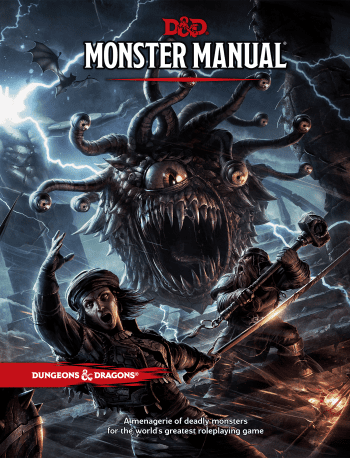
“Monster Manual” is one of the most inspiring books I’ve ever come across. Buy it. You won’t regret it.
Picture credit: The Escapist
Marcus Goh is a Singapore television scriptwriter. He ran an epic level 4th Edition game where his players fought three demon princes, a terrasque couple, and the four elemental fiends, amongst others.
He’s also a Transformers enthusiast and avid pop culture scholar. He Tweets/Instagrams at Optimarcus and writes at marcusgohmarcusgoh.com.
If you liked the article, follow me on Facebook and Twitter for more (presumably) good updates!
To get in touch with me, send an email!
Leave a Reply